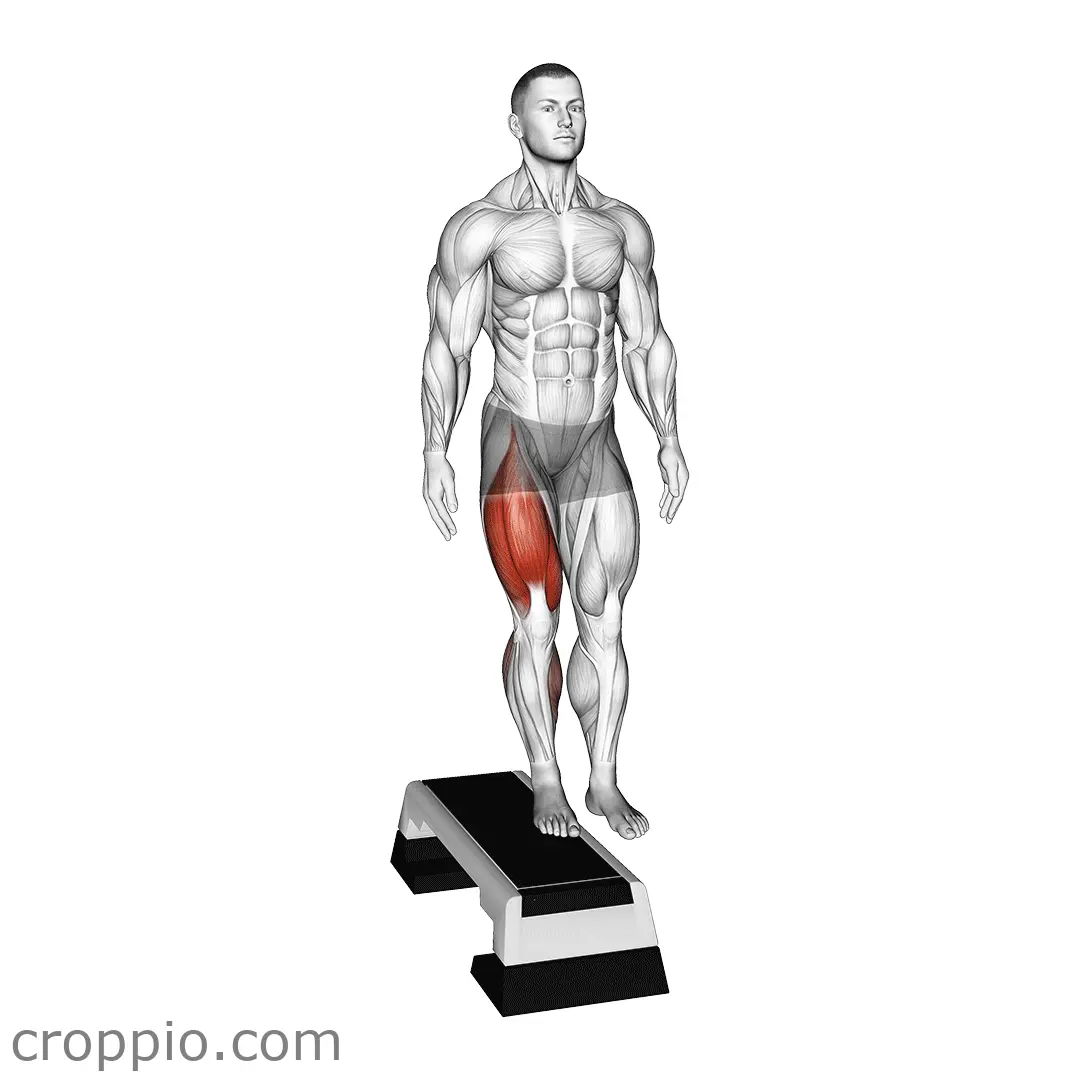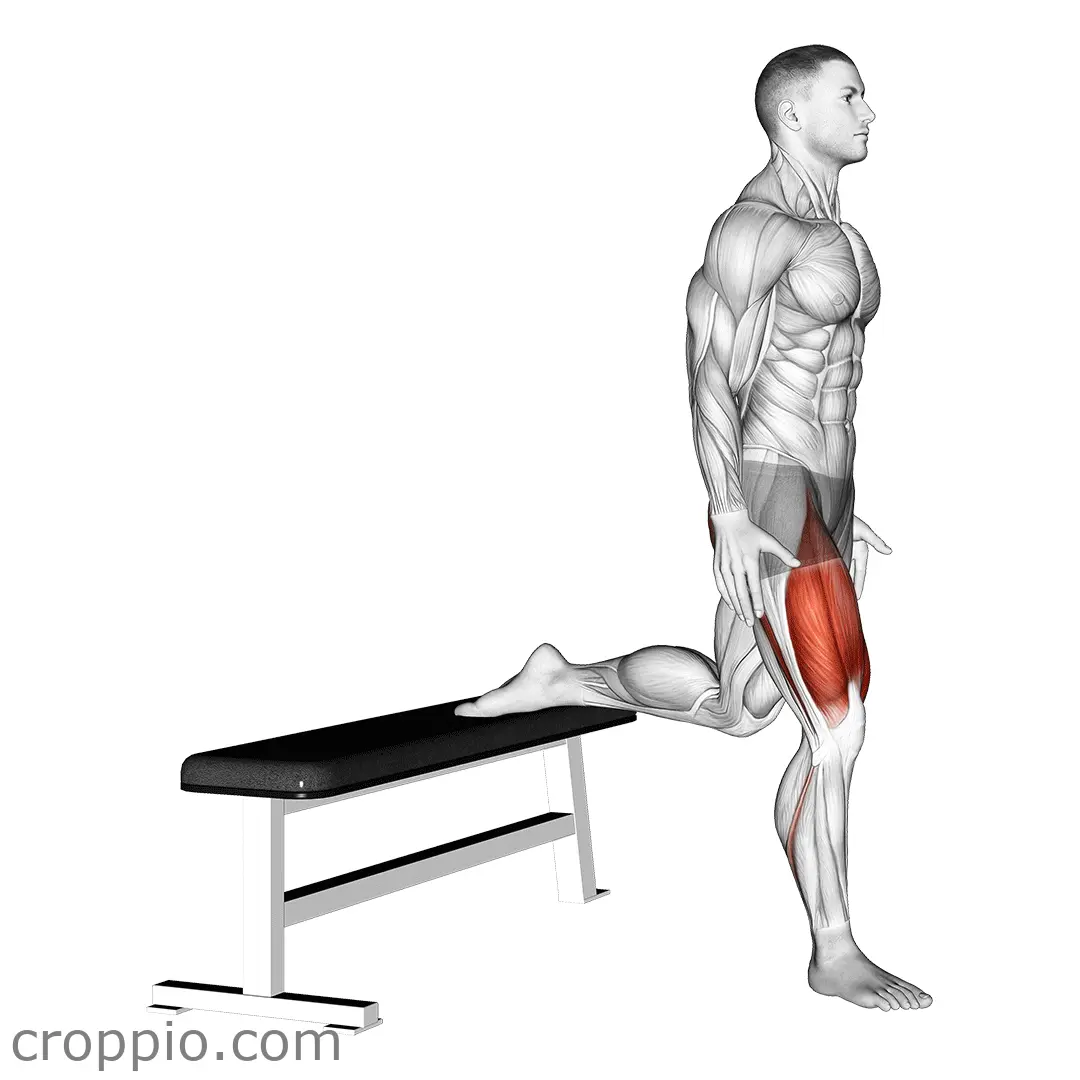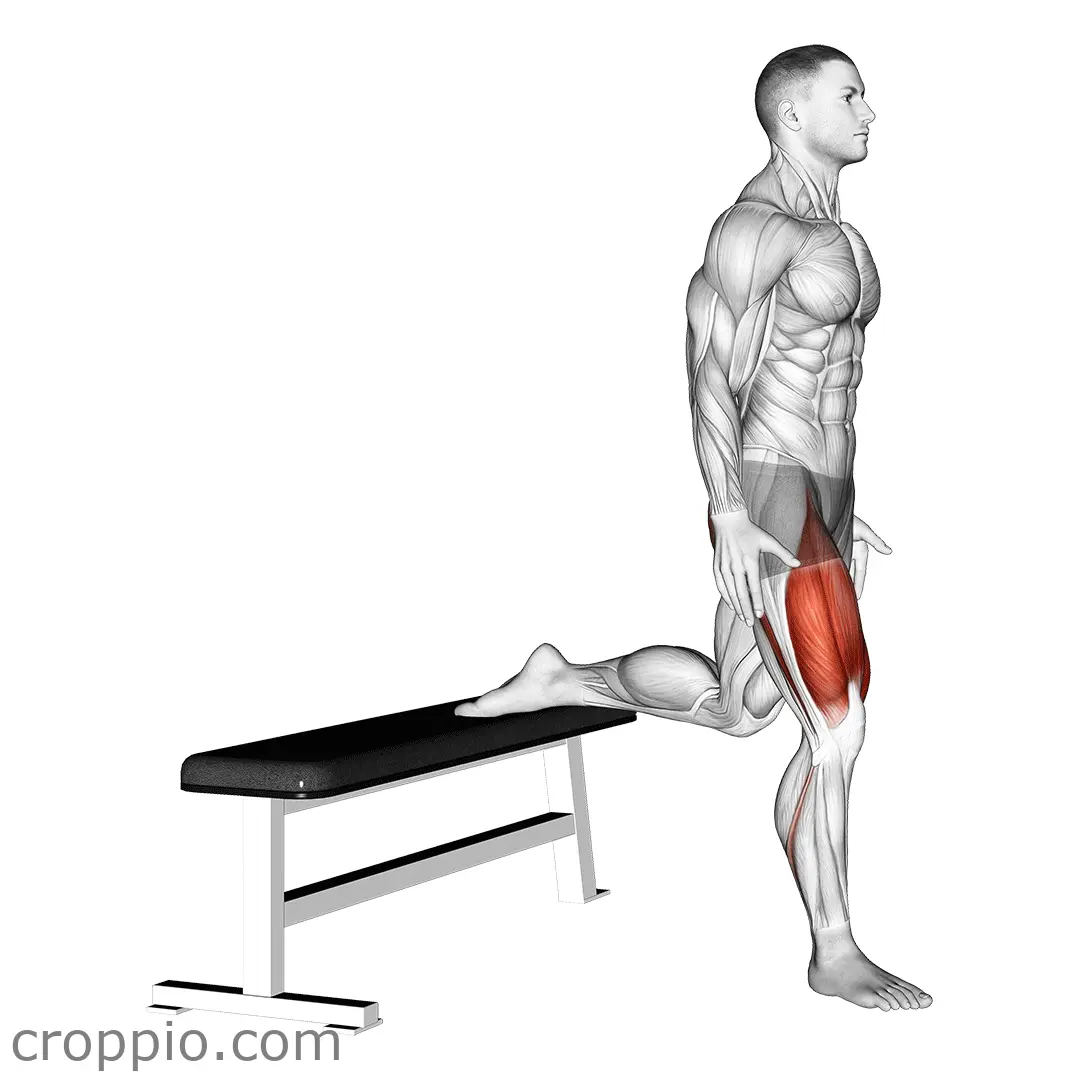Walking Lunge

Muscles Involved
The walking lunge is a dynamic exercise that effectively targets multiple muscle groups, making it a vital addition to any fitness routine. The primary muscles worked during the walking lunge are the quadriceps and glutes, which are engaged as you lower your body into the lunge position. The hamstrings also play a significant role in stabilizing the movement. Additionally, the calves are activated, particularly the gastrocnemius and soleus, as they assist in maintaining balance and stability. Secondary muscles involved include the hip flexors and core muscles, which help support proper posture and alignment throughout the exercise.
Top Mistakes
- Letting the knee extend past the toes: This can put unnecessary strain on the knee joint.
- Not maintaining a straight torso: Leaning too far forward or backward can lead to poor form and potential injury.
- Shallow lunges: Failing to lower the body sufficiently reduces the effectiveness of the exercise.
- Rushing through the movement: Performing lunges too quickly can compromise form and increase the risk of injury.
Execution Tips
- Start with feet hip-width apart, maintaining a strong and upright posture.
- Step forward with one foot, lowering the back knee towards the ground while keeping the front knee aligned above the ankle.
- Ensure your torso remains erect throughout the lunge; engage your core for stability.
- Push through the heel of the front foot as you return to the starting position and alternate legs.
- Maintain a controlled pace to fully engage the targeted muscles and improve balance.
Workouts
The walking lunge can be easily integrated into various workout routines. A suggested plan includes performing 3 sets of 10-15 repetitions on each leg, allowing for adequate rest between sets. To enhance the intensity, consider adding weights, such as dumbbells or a barbell, to your lunges. This exercise pairs well with complementary exercises like squats and step-ups, which further target the lower body. Additionally, it can serve as a great warm-up or cooldown activity, promoting flexibility and mobility.
Conclusion
Incorporating walking lunges into your fitness routine provides a plethora of benefits, including improved strength in the lower body, enhanced balance, and increased coordination. The dynamic nature of the movement not only engages multiple muscle groups but also elevates heart rate, contributing to cardiovascular health. By avoiding common mistakes and focusing on proper technique, you can maximize the effectiveness of this exercise and work towards your strength and fitness goals.



